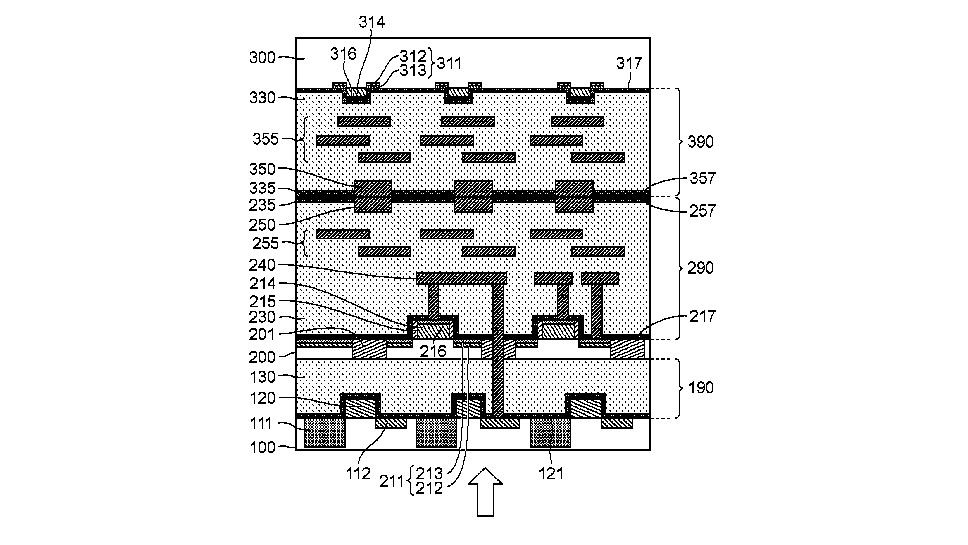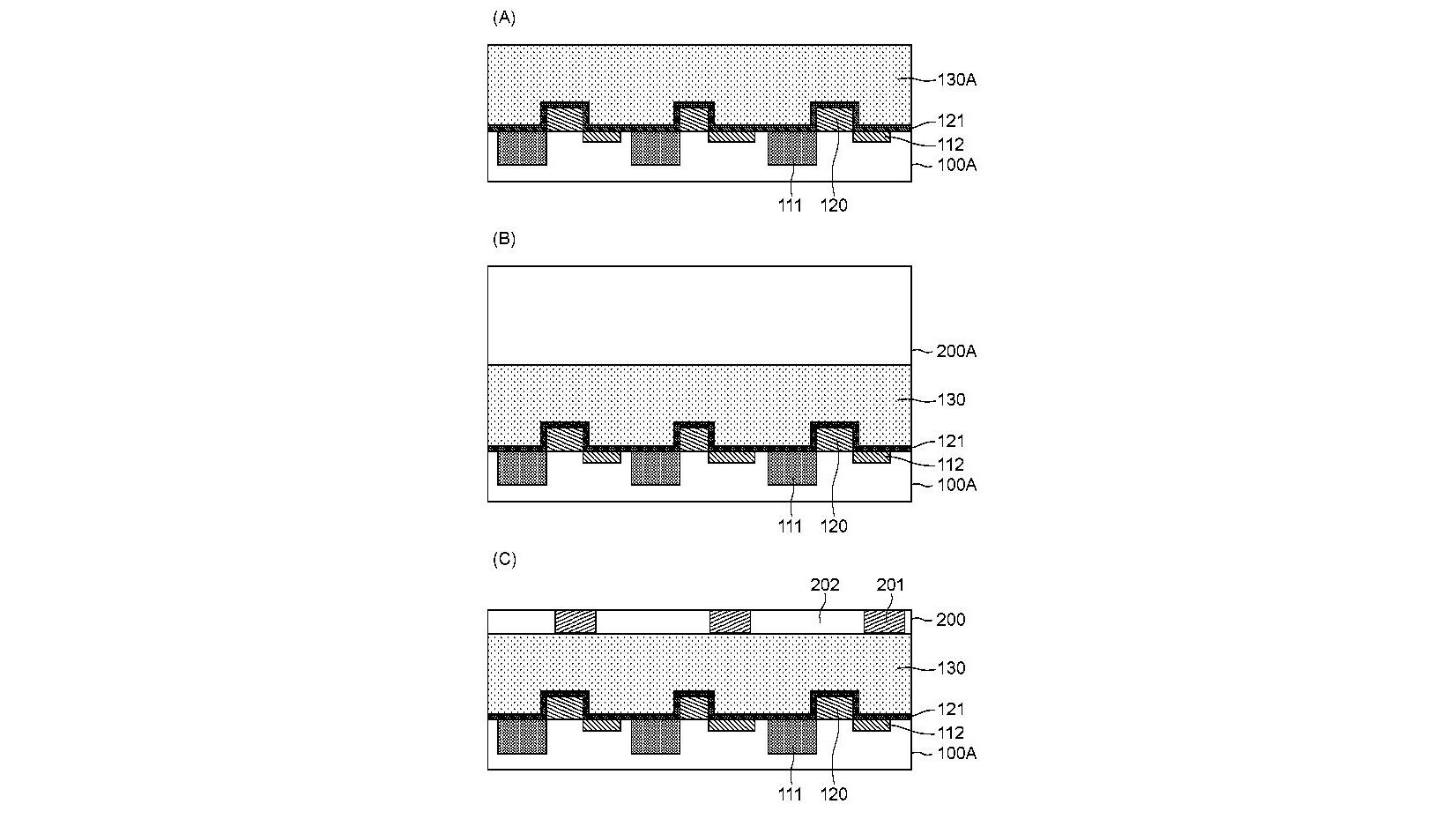Canon has designed a TRIPLE-stacked sensor – could it trump the Sony A9 III?
Could Canon's design for a new triple-stacked image sensor come in time for the flagship Canon EOS R1?

Canon is no stranger to bleeding-edge designs that innovate imaging technology. Last year in the US, Canon filed the most patents out of any camera manufacturer and made the top 5 of all companies for the 38th consecutive year. And it appears that Canon will continue where it left off, having just submitted a patent for a triple-stacked imaging sensor.
Stacked image sensors have been around for a while, responsible for the blistering speeds in cameras like the Canon EOS R3, Nikon Z9, Sony A1, OM System OM-1 and Fujifilm X-H2S.
The stacking of a sensor breaks down major components into layers, with traditional stacks separating photodiodes, wiring and other electrical components for more efficient performance and greater speed. Now Canon is seeking to further improve on this by adding a third layer to the stack.

Patent JP2024-019961 looks to split the sensor into three layers, to improve readout speeds even further:
"To provide a photoelectric conversion device that can be driven at high speed. A first member including a photoelectric conversion section and a transfer transistor that transfers charges generated in the photoelectric conversion section is provided in a first semiconductor layer. The second semiconductor layer includes a second member having a readout circuit that outputs a signal based on the charge transferred from the transfer transistor.
"The third semiconductor layer includes a third member having a signal processing circuit that processes signals. A first member, a second member, and a third member are stacked, and a salicide structure is provided in a source region or a drain region of a transistor that constitutes a readout circuit."
Now I must admit that this description goes over my head, but Canon Rumors has made sense of what this means in a more digestable way. "The top layer is the photodiodes and transfer switch transistor, the second layer is the ADC readout circuitry, and the third layer is for further signal processing (things like noise reduction, HDR, and autofocus processing could be included in this)".
Get the Digital Camera World Newsletter
The best camera deals, reviews, product advice, and unmissable photography news, direct to your inbox!
Canon aims to lower the drain resistance of the transistors on each photodiode, improving the switching between them; the faster the switch, the faster the image sensor can read, reducing the effects of the rolling shutter.
Submission of a patent is by no means a guarantee that this technology will hit the market, but it is a good indicator as to where Canon is spending its research efforts. With more layers comes more room for error, but this is a risk that Canon deems worth it for increased performance – and with the Sony A9 III currently dominating the market for capture speed, Canon will want to challenge the top spot.
The years is rife with camera rumors, and one of the most anticipated is the new flagship Canon EOS R1, rumored to offer an earth-shattering 240 fps – could this be due to a triple-stacked sensor?
Canon's innovative imaging technology can be seen in Canon's best cameras, and the best Canon lenses, and features in some of the best camcorders.

Kalum is a professional photographer with over a decade of experience, also working as a photo editor and photography writer. Specializing in photography and art books, Kalum has a keen interest in the stories behind the images and often interviews contemporary photographers to gain insights into their practices. With a deep passion for both contemporary and classic photography, Kalum brings this love of the medium to all aspects of his work.
